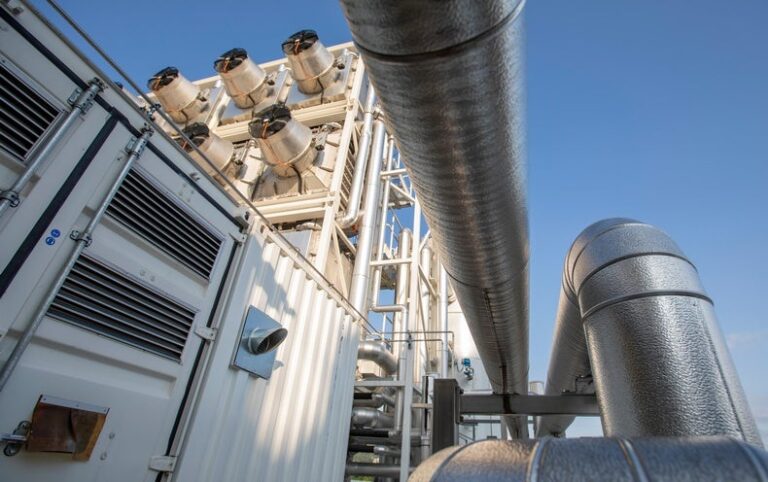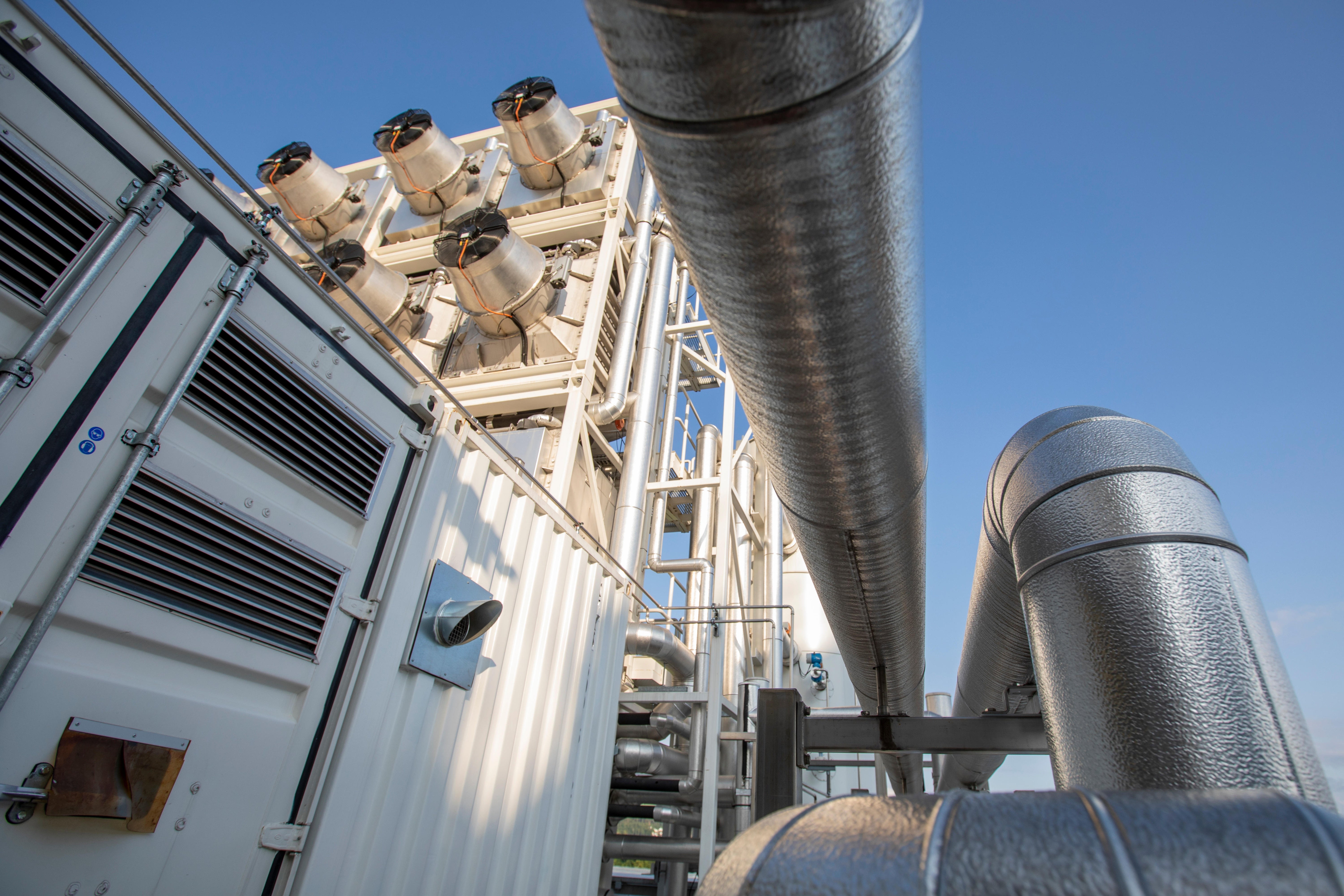
[ad_1]

CLIMATEWIRE | The Biden administration has chosen an oil company and a nonprofit technology firm to spearhead the nation’s effort to suck carbon dioxide from the sky with two landmark projects that will be funded with $1 billion in federal grants.
Occidental Petroleum Corp. and Battelle Memorial Institute intend to each build so-called direct air capture hubs along the Gulf of Mexico, a heavily industrialized region that is home to a constellation of oil wells and fossil fuel installations that have helped supercharge natural disasters and push global temperatures to record-breaking highs.
Occidental’s South Texas facility is planned for a 166-square-mile farm near Corpus Christi. Battelle’s Project Cypress would be located in southwest Louisiana’s Calcasieu Parish.
“These hubs are expected to remove more than 2 million metric tons of carbon dioxide from the atmosphere every year, which is like taking nearly half-a-million gas-powered cars off the road,” Energy Secretary Jennifer Granholm told reporters Thursday. “These hubs are going to help us prove out the potential of this game-changing technology so that others can follow in their footsteps.”
The two grants, which are still under negotiation, could be worth $500 million each. They mark the first major awards from a novel $3.5 billion program created in 2021 by the Infrastructure Investment and Jobs Act.
The bipartisan law required the launch of four DAC projects, two of which must be located in “economically distressed” fossil-fuel-producing communities — like those along the Gulf. The administration plans to award funding for the other two projects next year.
The Energy Department on Friday also said it would provide nearly $100 million in matching funds to 19 other DAC hub proposals, with some projects receiving up to $12.5 million. Focused on regions stretching from Alaska to Florida, they are being led by corporate giants like Chevron Corp. and Siemens Energy Inc., and academic institutions such as Arizona State University and the University of Kentucky.
“It really shows why there’s so much bipartisan interest, I think, in these technologies, and geographic interest as well,” Noah Deich, the deputy assistant secretary of DOE’s Office of Carbon Management, said on the call with reporters.
The new funding aims to supercharge a climate technology industry that is still in its infancy. There are roughly 18 DAC plants in operation worldwide, according to the International Energy Agency. The largest — run by Climeworks AG — is only capable of capturing 4,000 tons of CO2 per year. Climeworks is a key player in Battelle’s Project Cypress and involved with two DOE-backed hub proposals.
To avoid dangerously overheating the planet, climate scientists say the world needs to rapidly scale up carbon removal installations like DAC plants while also cutting more emissions. Occidental CEO Vicki Hollub and other oil industry leaders have also pitched the technology to investors as a way to produce more oil and gas.
DAC facilities use fans, filters, piping and power to remove carbon pollution from the air and store it permanently underground. The captured CO2 can also be stored in long-lasting products like cement or as a feedstock for emission-free plastics or fuels.
Project Cypress aims to reach 1 million tons of CO2 removal capacity by 2029, a time frame that is “dependent upon permitting and long-lead item schedules,” Shawn Bennett, Battelle’s energy and resilience division manager, said in an email. Occidental declined to comment.
Both companies face challenges associated with commercializing a novel technology, and there are questions around how they will power their energy-hungry projects and what they’ll do with the carbon after it’s captured.
Battelle CEO Lewis Von Thaer told reporters Project Cypress would initially buy clean energy from a local utility to power its demonstration plant. Eventually, the company intends to build renewable energy and use that to power “these plants as they get built out in the future,” he said.
Hollub of Occidental said the South Texas DAC hub would run on solar power but didn’t elaborate on how it would be procured.
Meanwhile, neither company has received approval from EPA to permanently store CO2 underground.
Gulf Coast Sequestration, the carbon storage company working with Project Cypress, requested a so-called Class VI permit from the agency over nearly three years ago. Before Occidental can put together a permit application, it still needs to drill test wells, the company’s website says.
To help fund other Occidental DAC projects, Hollub has previously talked about using the captured carbon to push more oil out of its depleted wells. But the Energy Department said neither hub would use the CO2 for enhanced oil recovery.
Late Thursday, DOE also gave notice that it intends to begin a $60 million prize competition for DAC facilities capable of removing between 1,000 and 5,000 tons of carbon pollution per year. The agency plans to spend a further $35 million on procuring tons of carbon removals from other forms of carbon removal technologies.
Reporter Carlos Anchondo contributed.
Reprinted from E&E News with permission from POLITICO, LLC. Copyright 2023. E&E News provides essential news for energy and environment professionals.
[ad_2]